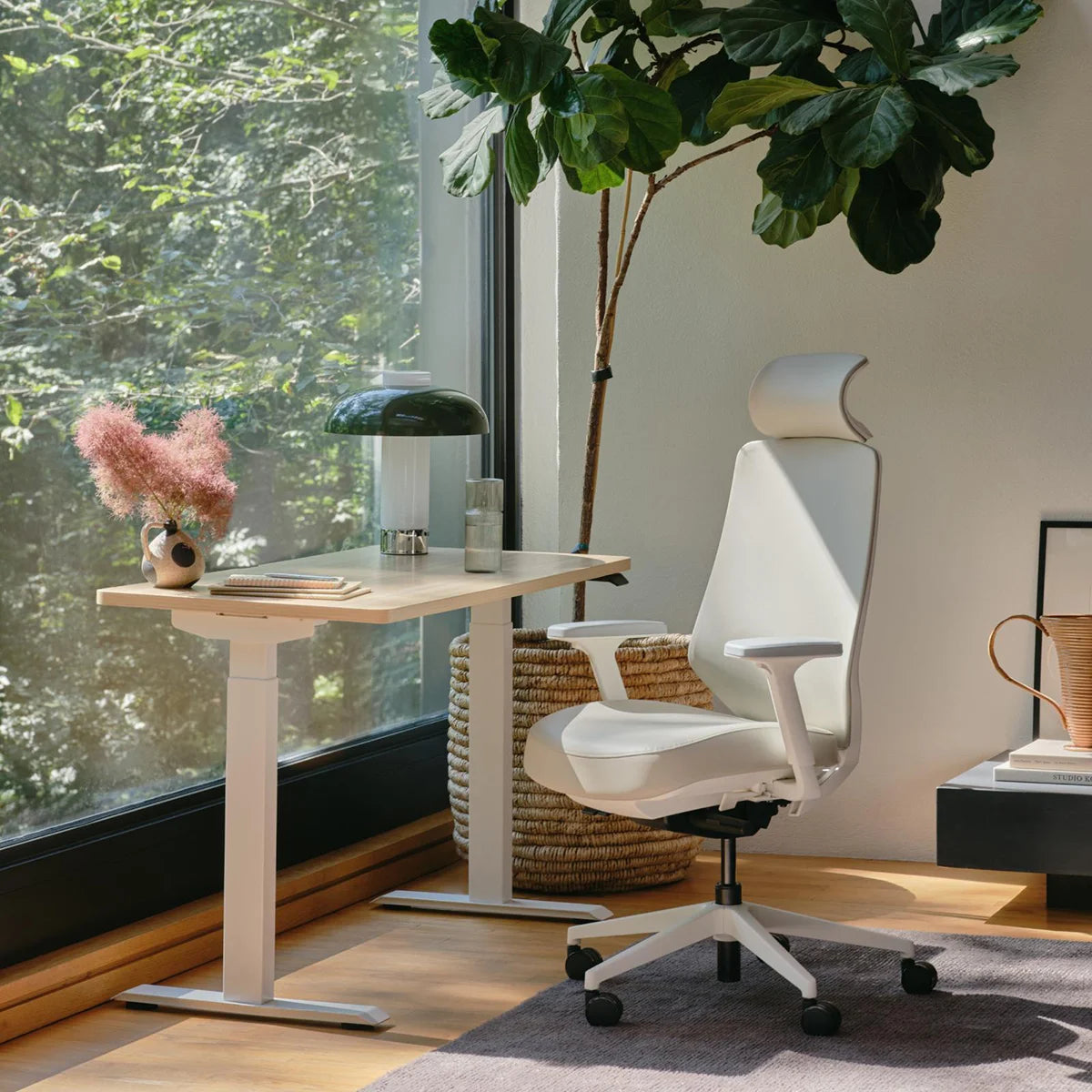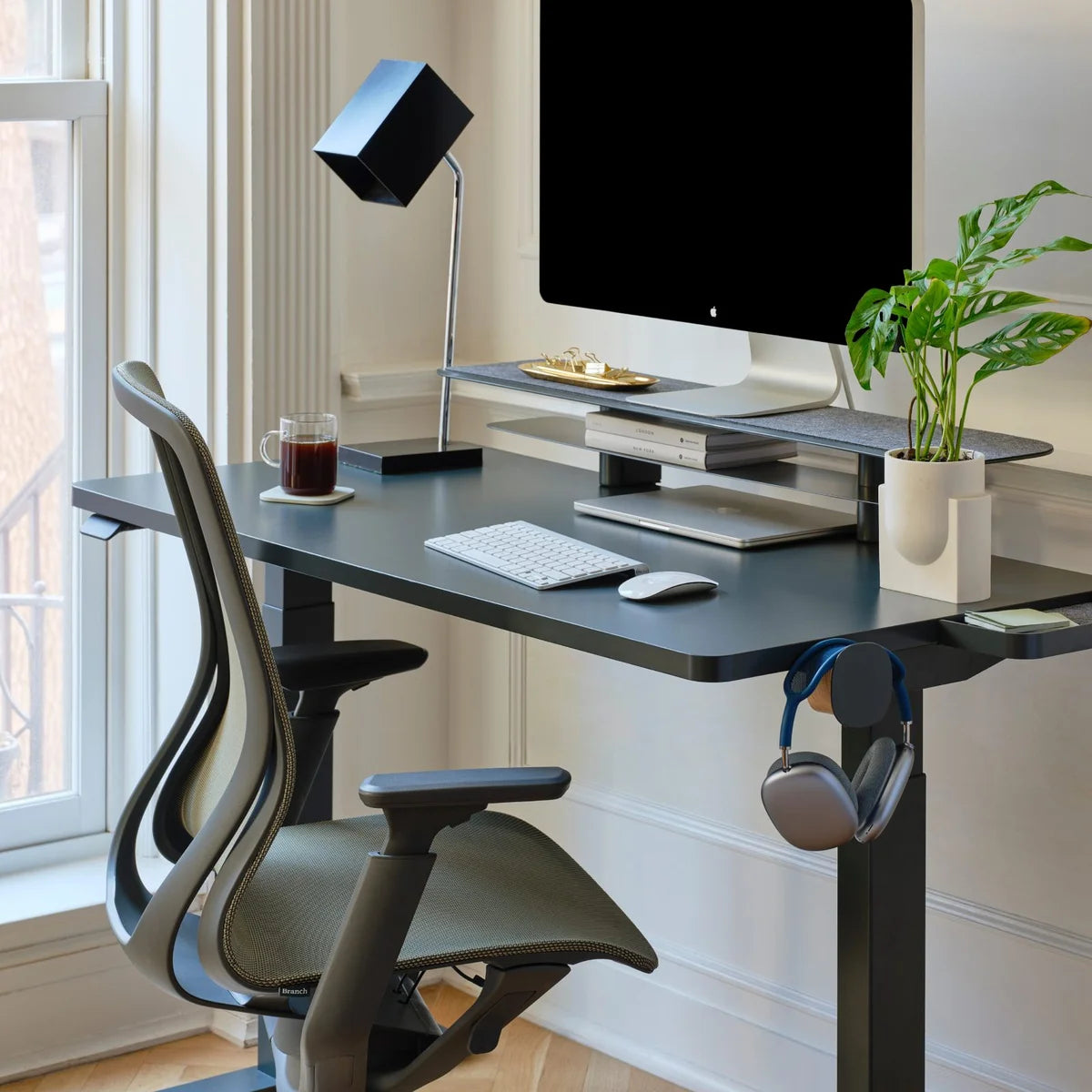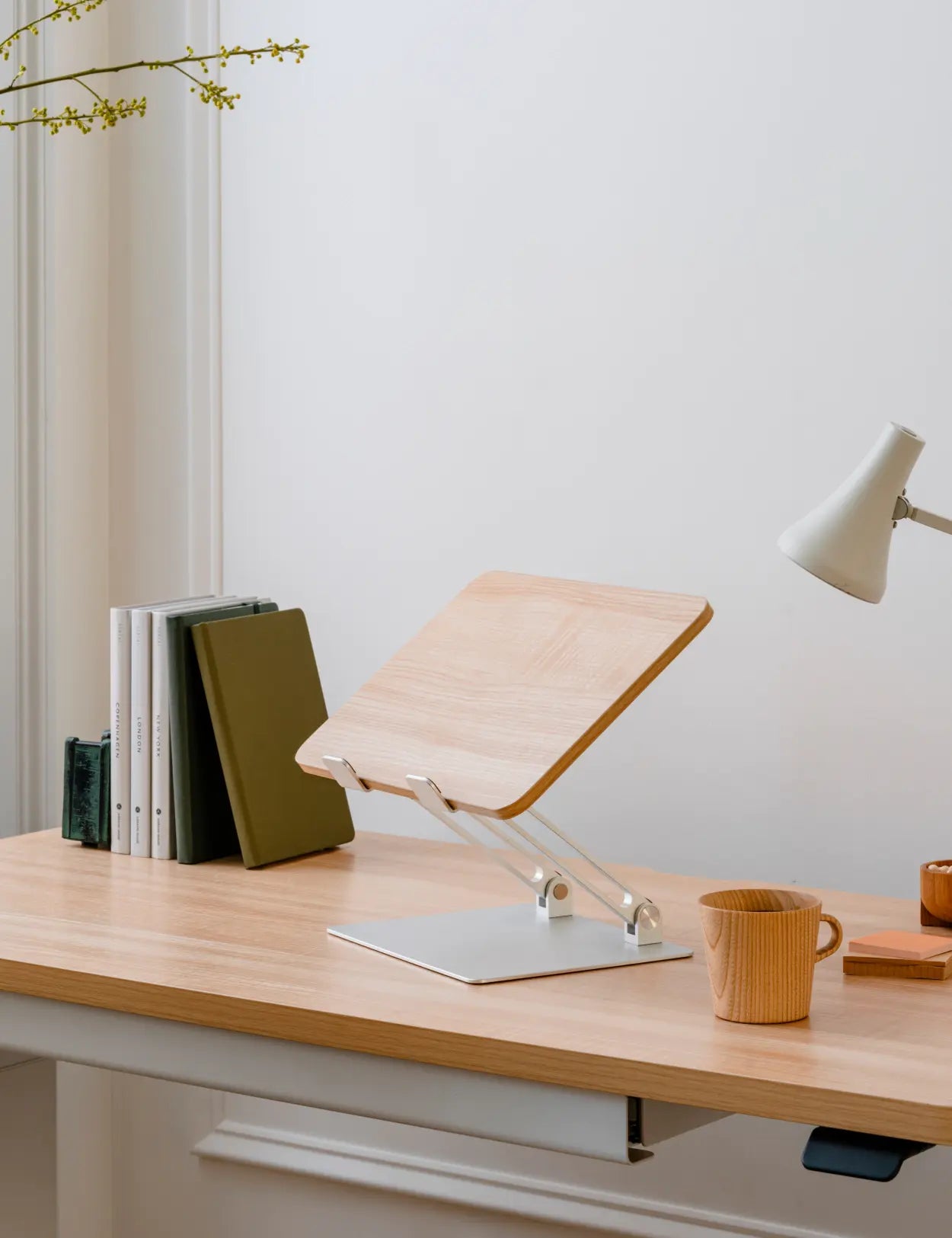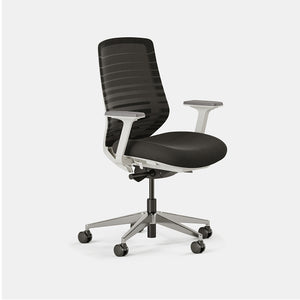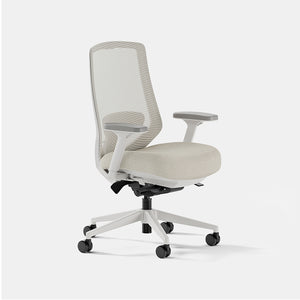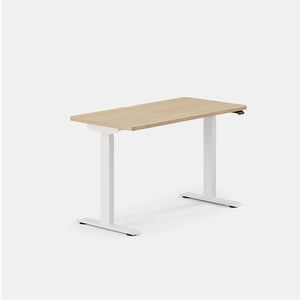Is your monitor VESA compliant?
A monitor that’s VESA compliant has holes drilled into the back that allow for any arm mount to attach to it. These holes will be in a pattern of either 75 x 75mm or 100 x 100mm. However, the pattern size can sometimes be increased for a bigger monitor. Always check the measurements to make sure the monitor arm will be compatible with your current monitor.
What type of adjustability do you need?
To make the most of your monitor arm, your main priority should be adjustability. You may want to consider both horizontal reach and vertical lift, which both depend on your own height as well as your workstation. For instance, some monitor arms have enough vertical lift that you can stand while viewing the screen even if it's mounted on a stationary desk.
What kind of mount is best for you?
If your setup is short-term, a free-standing desk mount (mounted towards the back of your desk with a weight) will be perfectly serviceable. You could also go for the slightly more secure desk clamp mount, which attaches to the back edge of your desk. For a more permanent arrangement, try a grommet mount, in which the supporting monitor arm feeds through a grommet hole that you'll need to drill into your desk.
At Branch, we offer a VESA compliant, triple-hinged monitor arm that can adjust to any number of positions in order to suit your posture-related needs. By cutting out the middle man in distribution, we keep prices on all of our offerings as low as they can possibly be—check out our Monitor Arm here.





